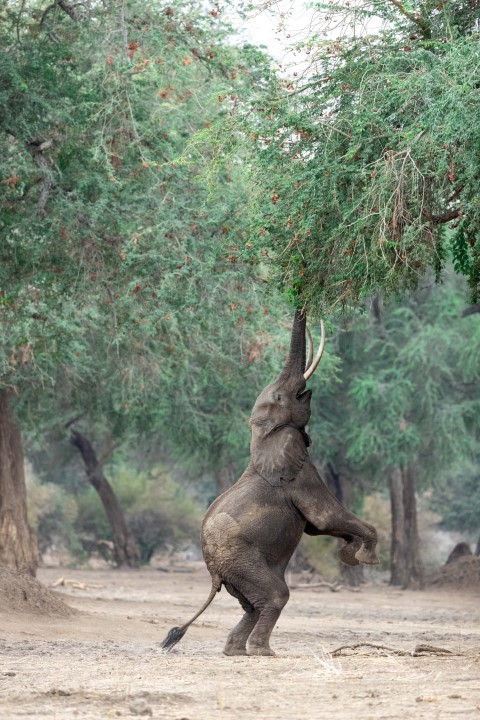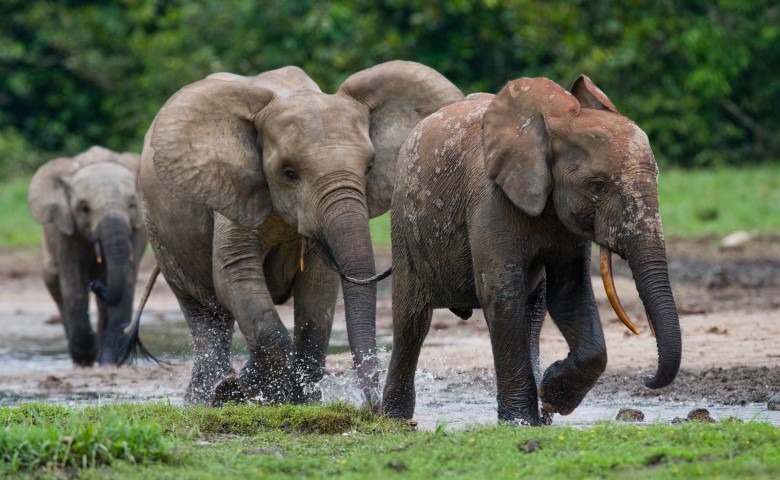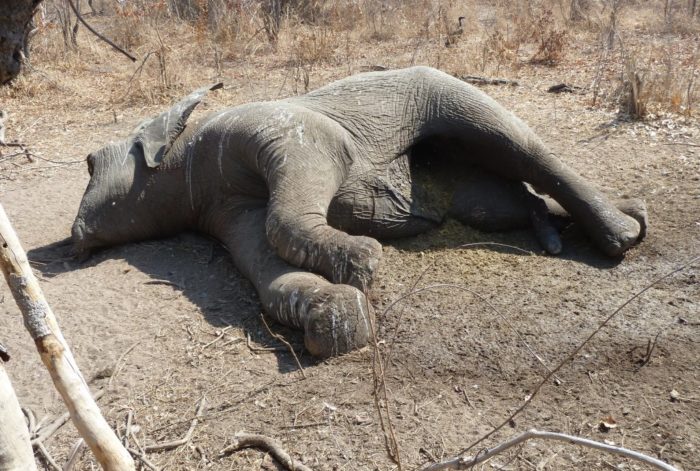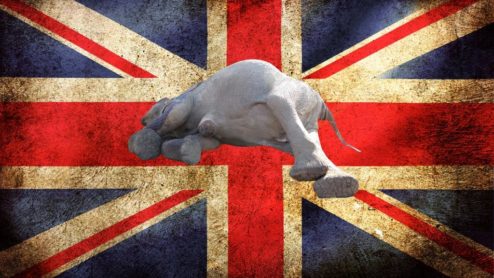On World Elephant Day, we need to talk about how they can help tackle the climate crisis
Today is World Elephant Day and, in the wake of Monday’s deeply alarming UN climate report, it’s an opportunity to focus on the role elephants can play in mitigating the effects of the planet’s changing climate.
Now more than ever, we must continue to protect this iconic species from poaching and other serious threats such as habitat loss.
With the CoP26 international climate summit later this year in Glasgow, understanding the links between biodiversity conservation and the climate crisis is essential if we’re going to come up with an all-encompassing plan of action to address it in the long term.
Earlier this year, the International Union for Conservation of Nature (IUCN) officially recognised the existence of two different species of elephants in Africa– the forest elephant (Loxodonta cyclotis) and the savanna elephant (Loxodonta africana), highlighting that both species are closer to extinction than previously assessed due to unrelenting pressures from poaching and habitat loss.
In its assessment, the IUCN reported an overall fall of 80 per cent of the forest elephant population in the past three generations (93 years), while savannah elephant herds fell by at least 60 per cent during the past 50 years – an ongoing trend which is likely irreversible and highlights the merciless pressures facing these keystone species.
EIA has worked for more than three decades to protect elephants by investigating and campaigning against rampant poaching to supply the ivory trade threatening their survival in the wild.
Our most recent, Out of Africa, explains how the criminal syndicates behind ivory trafficking constantly adapt to changing circumstances and have now shifted their attention from the endangered savannah elephants of East and Southern Africa to the critically endangered forest elephants of West and Central Africa.
While devastating in its own right, this development is further compounded by the scientific evidence that forest elephants play a leading role in maintaining healthy forest ecosystems, which in turn increase carbon sequestration and mitigate climate change.
It’s for this reason that elephants are often referred to as ‘environmental engineers’ – through foraging and wandering, they promote the growth of specific vegetation known as ‘late succession trees’, large, slow-growing hardwoods which store significantly more carbon than the equivalent volume of smaller softwood trees.
Natural ecosystems are intricately intertwined; the loss of biodiversity, especially keystone species such as forest elephants, accelerates the climate crisis by eradicating a significant carbon-capture source from the armoury.
 As the climate heats up, ecosystems will continue to crumble and, in turn, that will drive the loss of the very species already positioned by evolution to capture harmful carbon from the atmosphere.
As the climate heats up, ecosystems will continue to crumble and, in turn, that will drive the loss of the very species already positioned by evolution to capture harmful carbon from the atmosphere.
It cannot be overstated – the conservation of forest elephants is crucial to the conservation of the forest ecosystems in which they live, the systems which increase carbon-capture and so mitigate climate change.
Sadly, forest elephants are in rapid decline, primarily due to the illegal trade in ivory. Data indicates that a significant proportion of ivory trafficked globally is sourced from elephants in West and Central Africa, often from Gabon and the Republic of the Congo which are home to the region’s largest forest elephant populations. Certain elephant populations in the region have also become locally extinct.
Scientific evidence suggests that the disappearance of African forest elephants in West and Central Africa would result in a seven per cent loss of vegetation — the equivalent of three billion tonne of carbon storage.
Restoring elephant populations, habitats and rangelands through concerted conservation efforts which address poaching, ivory trafficking and other threats would, quite simply, increase carbon capture and provide a buffer against the devastation caused by climate change.
This World Elephant Day, EIA calls on world leaders to acknowledge the interdependencies between conservation and climate change – and between humans and our environment – and to make comprehensive commitments at the upcoming CoP26 to tackle the climate and biodiversity crises.
Meanwhile, we will continue our ground-breaking investigations into the criminal networks devastating West and Central Africa’s forest elephants to feed the illegal ivory trade.
If you would like to help, please consider making a donation to our work.






